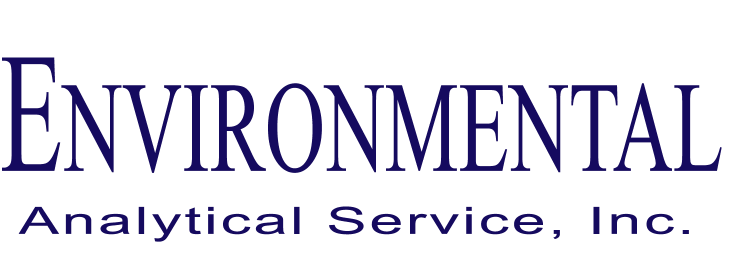
Air Testing Methods
EAS is an Air Testing Laboratory that specializes in the analysis of air and gas samples for organic compounds and inorganic gases. Our testing services are based on analytical methods that have been developed for air testing, or methods that have been modified for air testing.
The analytical methods used by Environmental Analytical Service, Inc. (EAS) follow established agency methods for testing air, gas, source, or product samples. Most of the methods used are modifications to the referenced method (see discussion below). The source of common air testing methods is listed below
:|
Method Source |
Method Designation |
Method Type |
|
EPA |
Toxic
Organic (TO) |
Ambient
Air |
|
EPA |
Indoor
(IP) |
Indoor
Air |
|
EPA |
EPA
(Number) |
Source
Test Method |
|
ASTM |
ASTM |
Product |
|
NIOSH |
NIOSH |
Indoor
Air |
|
Local,
State, and Air District Methods |
CARB, SCAQMD,
BAAQMD, etc. |
|
Most of the
Local, State, and Air District Methods are similar to the EPA
methods but can have different Compound Lists, QC Requirements, and
Sample Collection Requirements.
EAS does these methods and treats them as Project Specific
methods with special compound lists and QC requirements.
The EPA IP methods for indoor air testing are very similar to
the TO methods, so the TO methods are often requested in place of
them.
Modifified Methods
In order to
provide our clients with the latest technological improvements and
the most extensive target compound lists, EAS (like most air labs)
uses modified methods.
Most laboratories use modified EPA TO Compendium methods because the
published methods were originally prepared as a guidance document.
These published methods often lack specifics on target
compounds or have QC requirements established for a
limited list of compounds or estimated from other methods.
For example, ASTM methods (for compounds such as methane)
were originally written for petroleum testing but have been modified
for use in ambient air analysis. All methods that have been modified are designated “modified”
on the analytical reports.